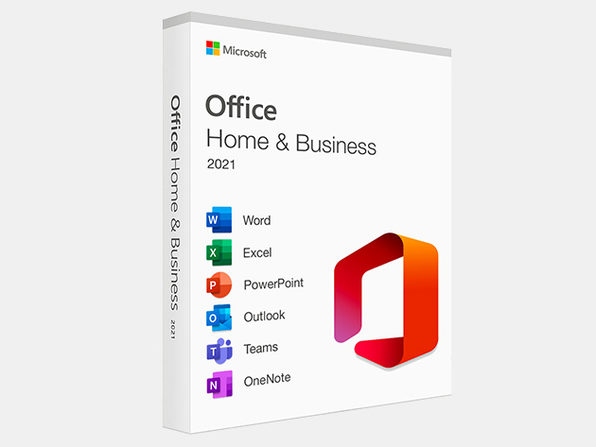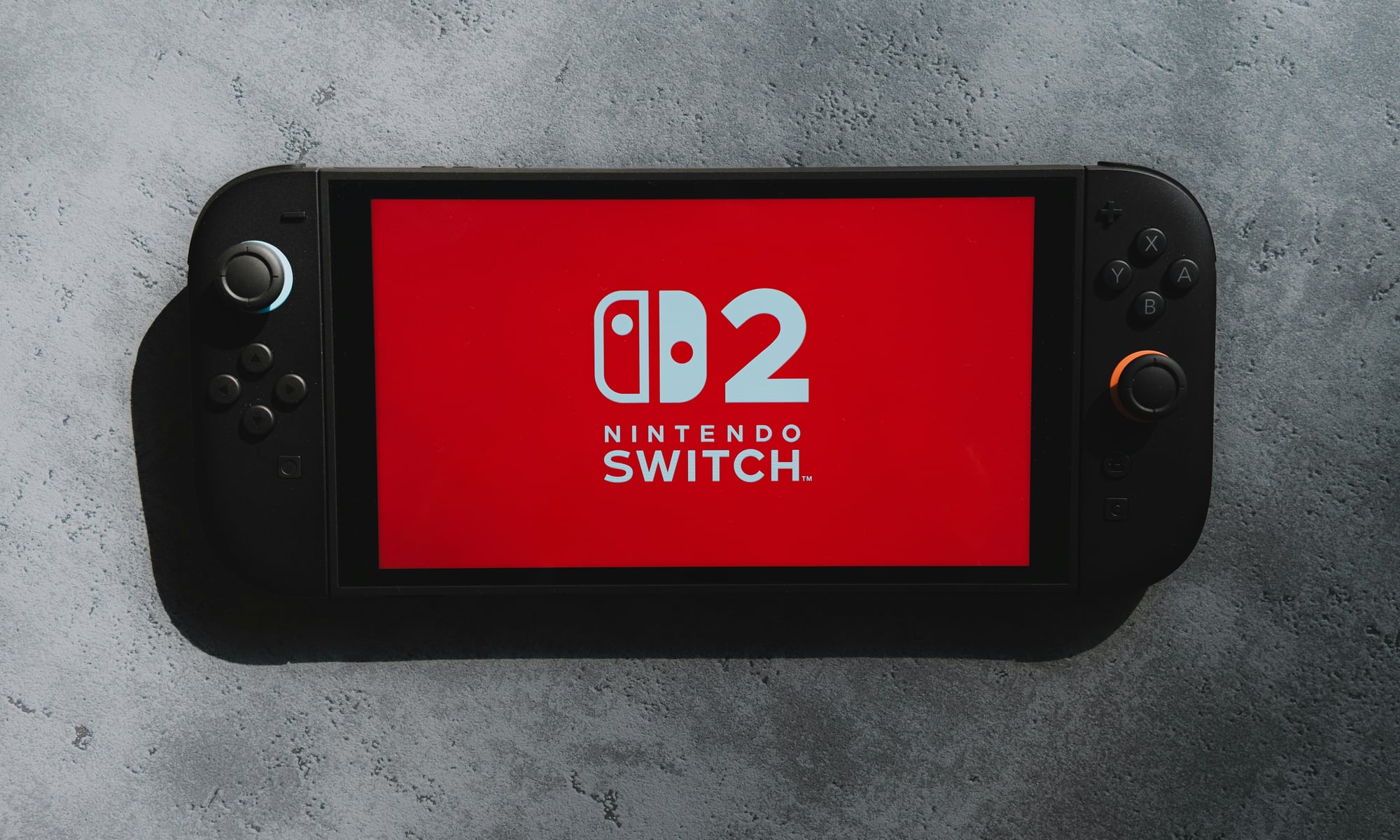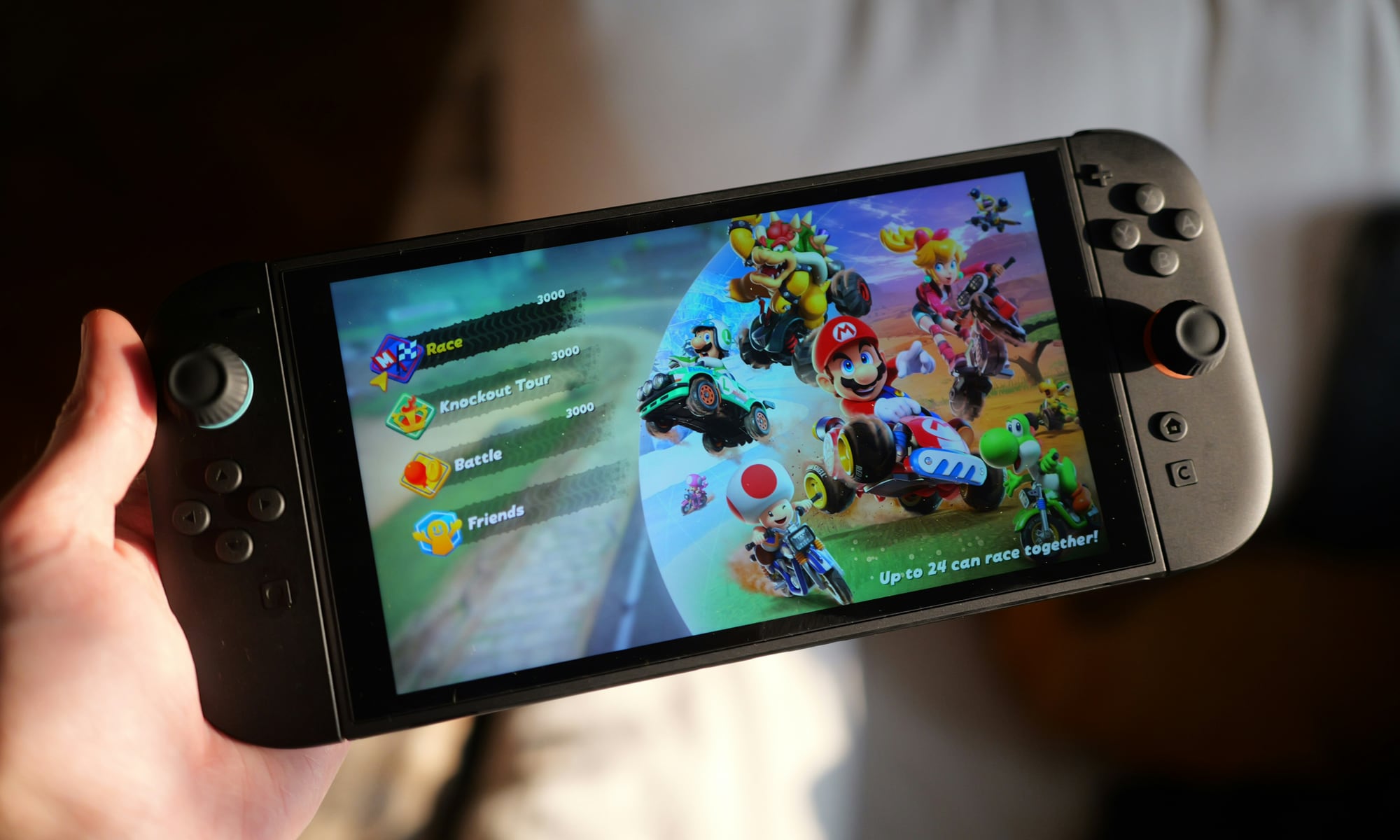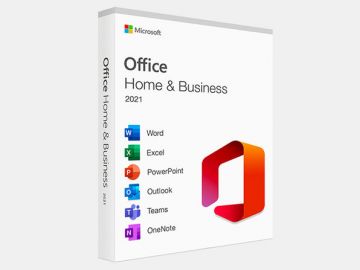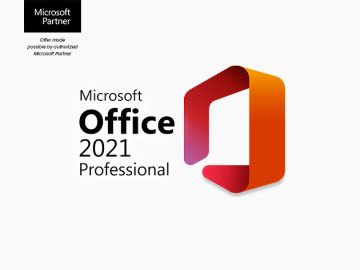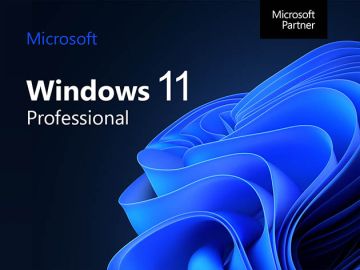Can the Nintendo Switch 2 Disrupt Mobile Gaming’s $92 Billion Empire?
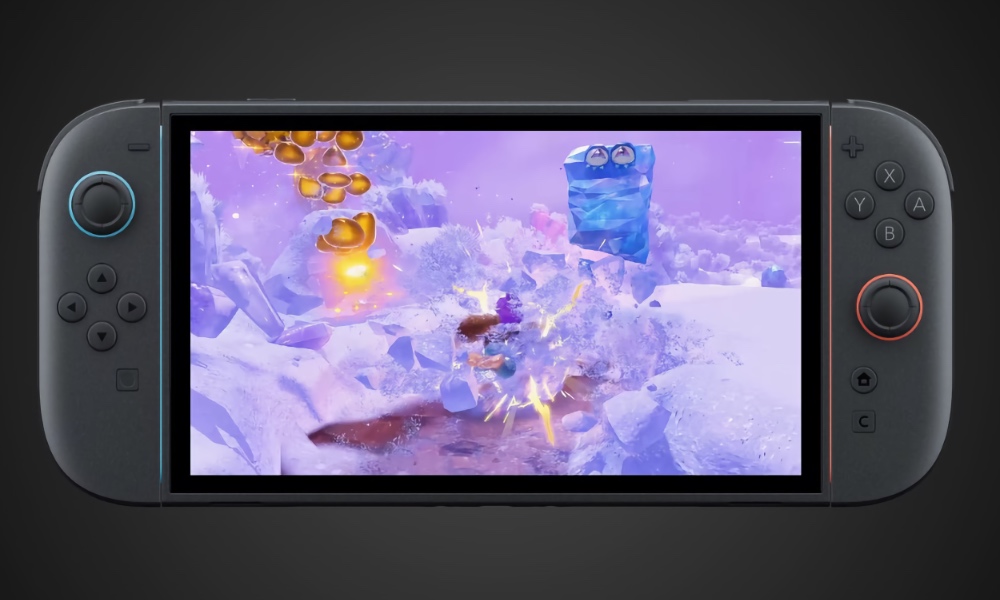
Toggle Dark Mode
The Nintendo Switch 2, which was released in most regions of the world on June 5, is a hybrid video game console that, just like the original Switch, can be used as a handheld device or tablet, or it can be docked and use an external display. Can the $450 Nintendo Switch 2 throw a wrench in the $92 billion mobile gaming empire that’s currently dominated by Android, iPhone, and iPad devices?
Popular mobile gaming service Mobile Premier League (MPL) believes the Switch 2 can grab a piece of the mobile gaming action.
We view Switch 2 less as a threat than as proof that players crave flexible play styles. When gamers jump between touchscreens and controllers, the real winner is any platform that delivers fresh content fast.
Mobile Premier League
At 7 a.m., the League’s Yamanote Line is a sea of thumb-taps. One passenger blasts jewels in Royal Match; another pulls a gacha roll in Genshin Impact. Wedged between them, college student Rei Ishikawa props open a brand-new Switch 2, its seven-inch screen bright enough to turn heads. “Mario Kart World on the go,” she grins, “beats grinding ads on my phone.”
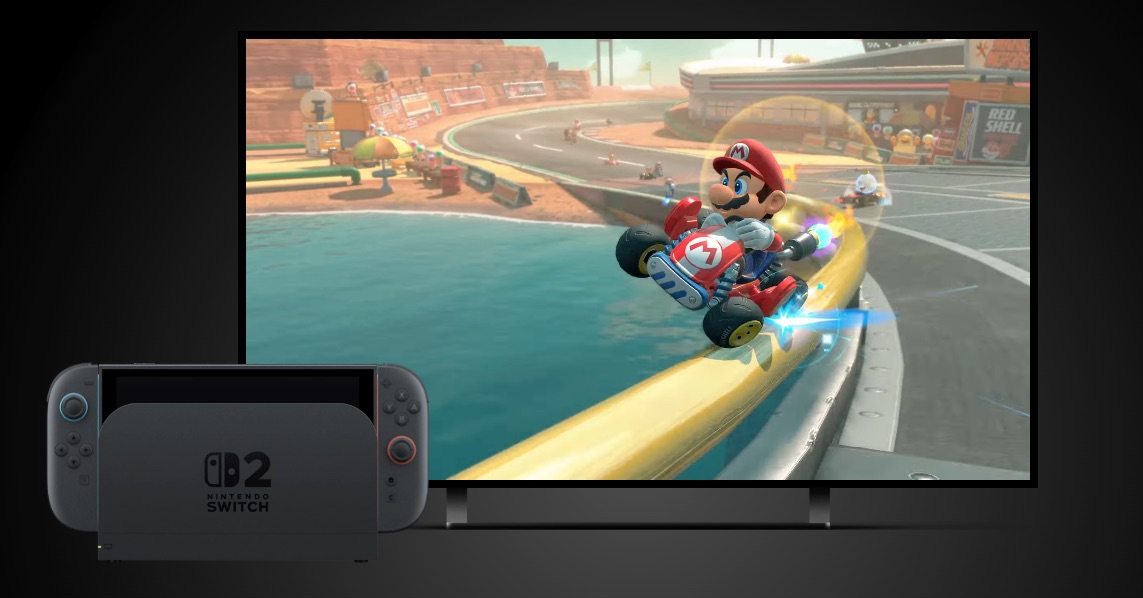
If more gamers opt for the Nintendo Switch 2 — and early sales are indicating another winner for Nintendo — the new hybrid gaming console could bite off an impressive chunk of the mobile gaming pie, especially for gamers who are tired of dealing with ads and would rather pay for the game upfront and be done with it (not counting the gamers that will happily splurge on in-game content).
Can a $450 hybrid console (albeit from Nintendo) steal gamers’ time and money from the world’s most common screens, iPhone and Android smartphones?
Smartphones now total approximately 7.4 billion active handsets worldwide. The mobile gaming industry has been driven by three factors:
- 77% of Gen Z gamers play on mobile devices.
- Mobile-game in-app purchases grew 4% to 81 billion USD in 2024.
- Total mobile IAP across all apps jumped 13% to 150 billion USD.
Mobile games have become gold mines for game publishers, thanks to in-app micro-transactions, with painless payments and one-tap downloads. This has made it possible for mobile gaming to capture smart device users’ downtime. Now Nintendo is making its move.
Nintendo sold 3.5 million units of the Switch in its first four days of availability, and forecasts it will ship 15 million units in 2025-26. Meanwhile, Ampere Analysis expects the Switch 2 to capture a 49% share of active consoles by 2027 and 2 billion USD in software sales this year, rising to 7-8 billion USD by 2027. That sounds a bit ambitious, but those are their numbers.
Even if the Nintendo Switch 2 does sell at the levels described above, the hybrid console will still only grab less than 1% of the sales seen by the global smartphone market. However, each unit sold is prying open the mobile gaming experience gateway just a bit more, offering an opportunity for Nintendo to capture a good chunk of the mobile gaming pile of cash.
“We view Switch 2 less as a threat than as proof that players crave flexible play styles,” said an MPL spokesperson. “When gamers jump between touchscreens and controllers, the real winner is any platform that delivers fresh content fast.”
This isn’t the first time Nintendo has engaged in mobile warfare. In 2004, the Nintendo DS outsold Sony’s PSP roughly two-to-one. In 2011, Nintendo released the 3DS, which relied on Nintendo’s strong first-party lineup of hits and a premium sticker price.
Then, in 2012, the iPhone 5 launched and along with it came what was arguably the first big mobile gaming breakout hit: Clash of Clans. Clans’ runaway success alerted other developers to how free-to-play micro-transactions could be turned into mobile gaming’s money machine.
But, are gamers getting micro-transaction fatigue? In other gaming categories, we’re seeing gamers that had been willing to pay upfront for a AAA game and then ante up for several in-game purchases as they moved through the game begin to revisit older games they played several years back, such as on classic consoles like the Nintendo Entertainment System and Sega Genesis consoles.
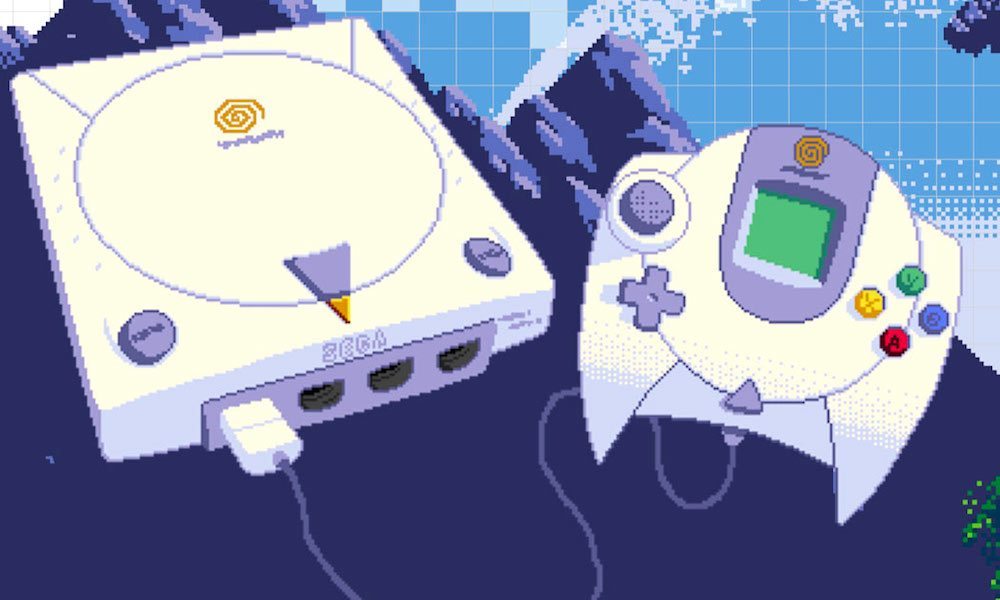
Is micro-transaction fatigue also hitting the mobile gaming industry? Sure, the game is free, but is it worth it to have the developers nickel and dime you to death?
The Nintendo Switch 2 combines the two approaches: While you pay up front for the game, be it on a physical card or as a digital download, a full in-game digital store is still available, if you wish to make in-game purchases.
As mobile gaming’s loot box, stamina timer, endless ads-based approach to revenue streams has possibly led to gamer fatigue, the government is also stepping in. The European Union is investigating in-app purchases and is tending to frown on such things. Meaning Nintendo’s “pay us $60 upfront” approach may be the future of mobile gaming.
Mobile phone and tablet gaming certainly isn’t going anywhere for the foreseeable future, and it will continue to be a financial powerhouse for game publishers. However, it will be interesting to watch how well the Nintendo Switch 2 performs in the next few years, as we discover whether gamers are growing weary of “time killer” games and instead opt for an in-depth and genuine gaming experience. Or, maybe we’ll all just buy a used Game Boy and a pile of cartridges and be happy with that. Who knows?

